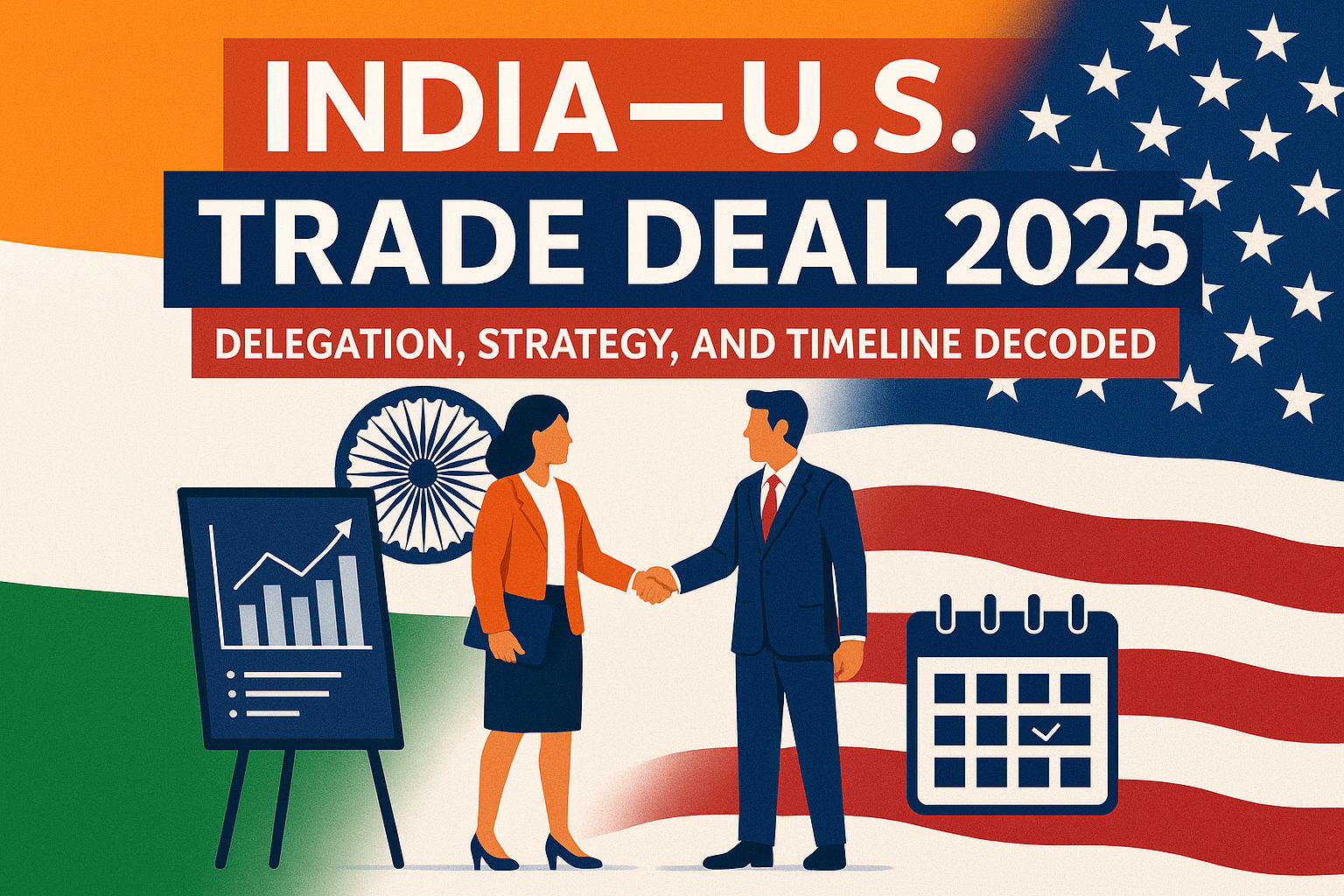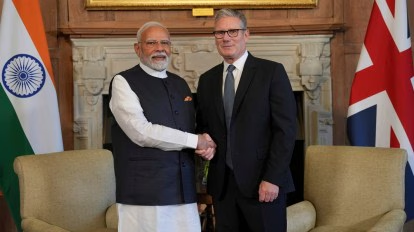In a high-stakes diplomatic push, American and Indian negotiators are working against the clock to finalize a crucial trade agreement before July 9, when automatic U.S. tariffs on Indian goods are set to return. Meanwhile, Brazil has initiated advanced defence technology talks with India, marking a significant step in South-South cooperation.
U.S.-India Trade Talks: Down to the Wire
With just eight days remaining before the tariff deadline, both nations are scrambling to secure an interim trade pact that would prevent the reinstatement of costly duties. The potential deal represents a delicate balancing act between economic interests and political realities on both sides.
Key Challenges in Negotiations
Agricultural Standoff remains the biggest hurdle, with India fiercely protecting its dairy and farming sectors from increased U.S. competition. American negotiators continue pushing for greater market access, while New Delhi emphasizes the need to safeguard its agricultural community.
Tariff Rebalancing has emerged as a focal point, as U.S. officials leverage India's historically high import duties to negotiate better terms for American medical devices, electronics, and other manufactured goods.
Treasury Secretary Scott Bass recently told reporters that discussions were "progressing well," though sources indicate some contentious issues may be deferred until after India's 2026 general elections. The White House has repeatedly emphasized the strategic importance of the U.S.-India relationship, with press secretary noting "significant progress" in recent weeks.
Brazil-India Defence Talks Gain Momentum
Parallel to the trade discussions, Brazil has significantly ramped up its military technology engagement with India. The developments come ahead of Prime Minister Narendra Modi's scheduled visit for the BRICS summit in August.
Defence Technologies on the Table
Brazilian officials have shown particular interest in several Indian-made defense systems:
- The Akash missile defense system, India's domestically developed air defense platform
- Advanced Garuda artillery systems for ground forces
- Cutting-edge coastal surveillance technology
- Secure military communication networks
A potentially groundbreaking proposal involves Indian technical support for Brazil's French-origin Scorpène-class submarines. India's extensive experience maintaining and upgrading its own Scorpène fleet positions it as an ideal partner for Brazil's naval modernization efforts.
Strategic Implications and Next Steps
These simultaneous developments highlight India's evolving global positioning:
Economic Diplomacy with the U.S. focuses on creating stable trade frameworks while protecting domestic interests. Even a limited agreement would prevent disruptive tariff hikes and maintain positive momentum in bilateral relations.
Defence Outreach to Brazil represents India's growing role as a technology provider to the Global South. Successful deals could open doors to broader Latin American markets for India's defence industry.
Critical Dates to Watch
- July 9: U.S. tariff decision deadline – deal expected by this date
- August BRICS Summit: Potential formalization of Brazil-India defence agreements
Industry analysts note that while the U.S.-India trade deal may be modest in scope initially, it could pave the way for more comprehensive agreements. Meanwhile, Brazil's interest signals a shift in global defence partnerships, with emerging economies increasingly looking beyond traditional Western suppliers.
For context on U.S. trade strategy: How Trump's Negotiation Tactics Are Reshaping Global Deals
— Report compiled from government statements, trade sources, and diplomatic channels




